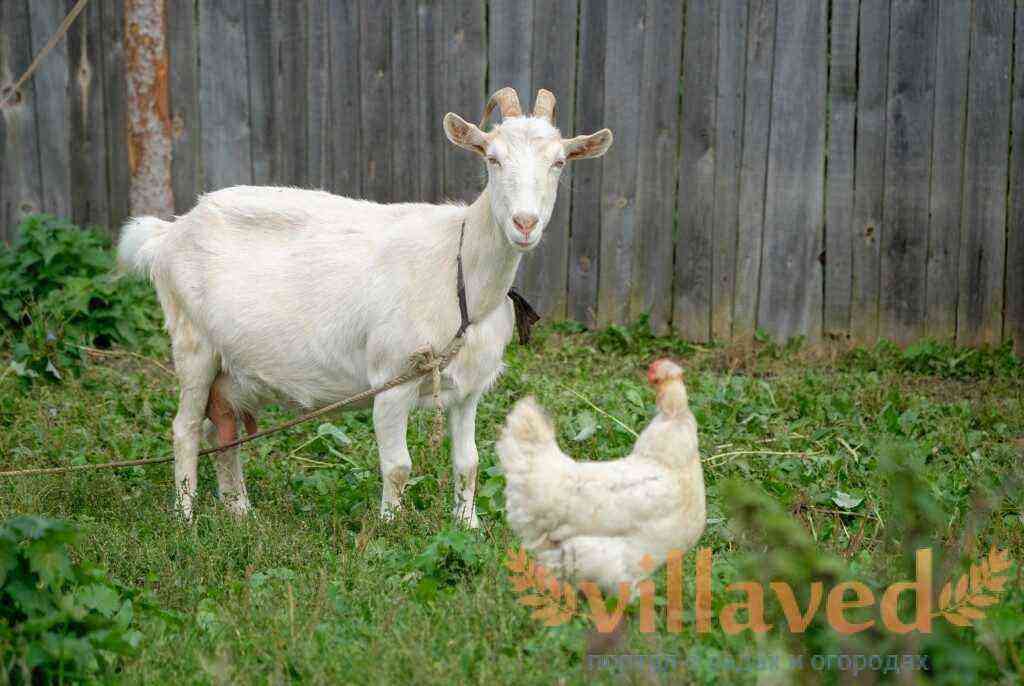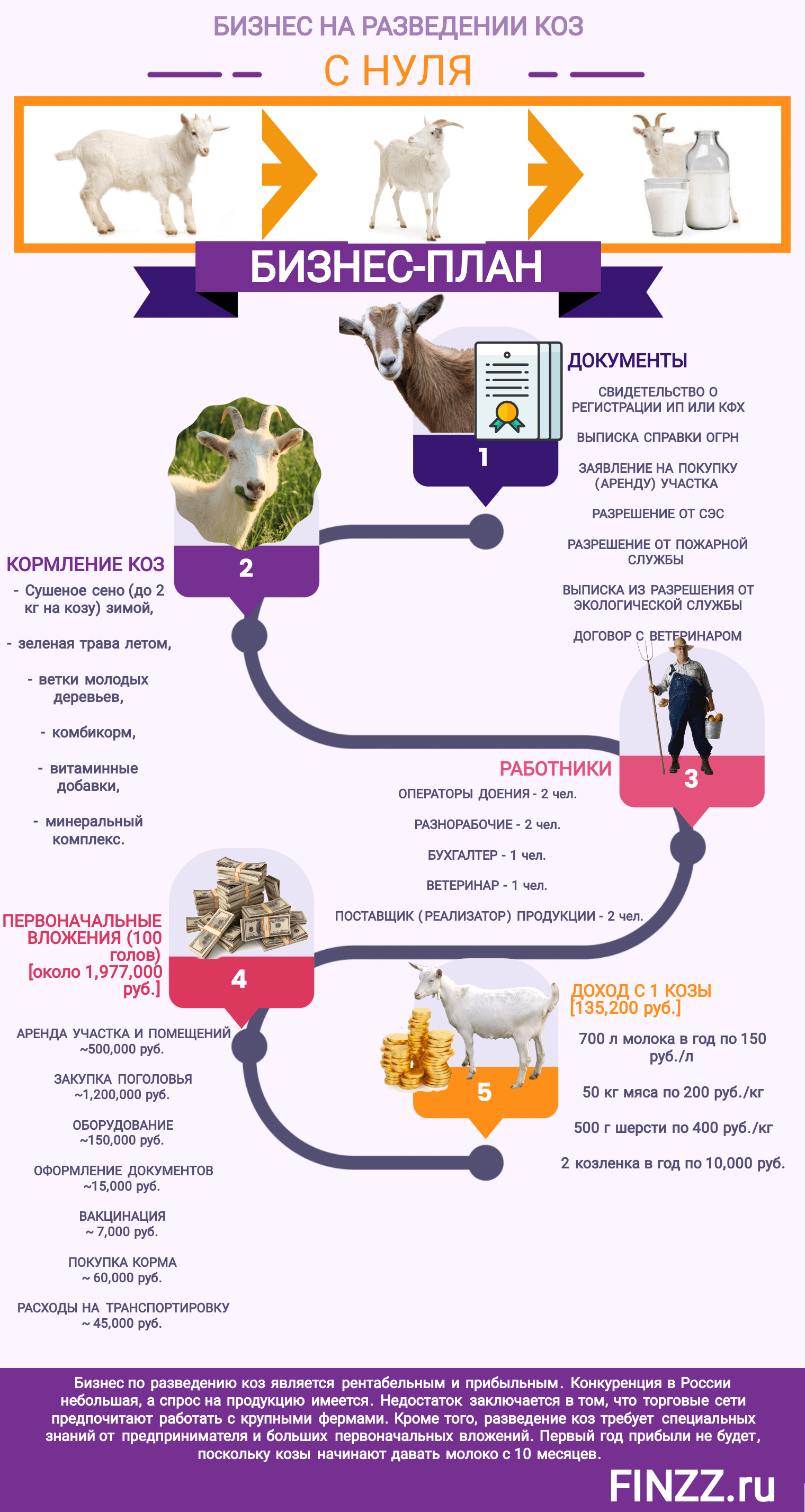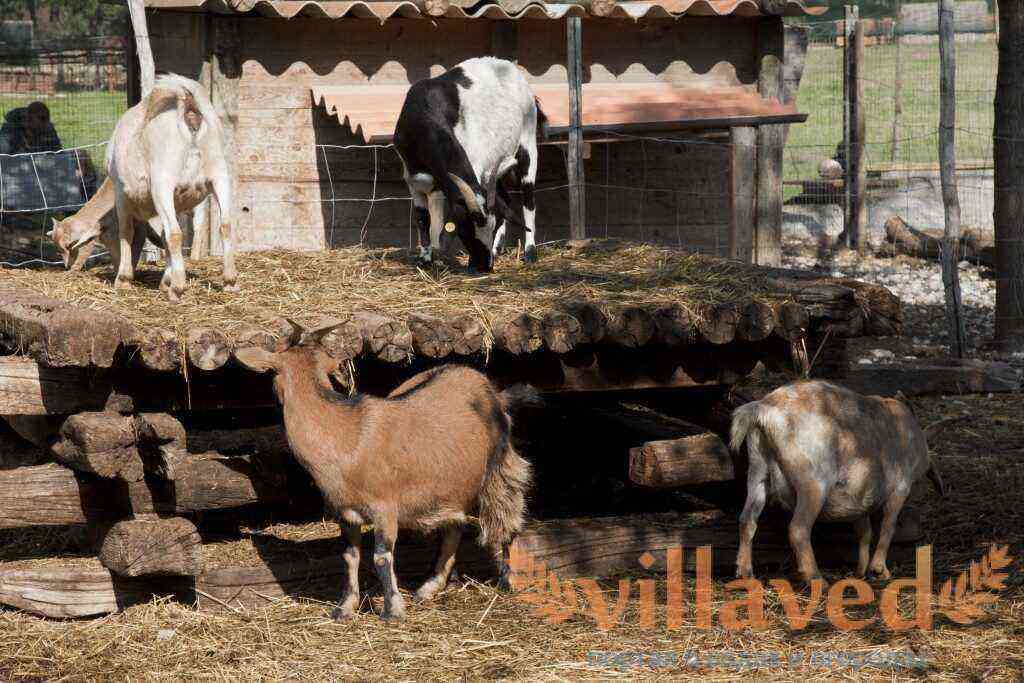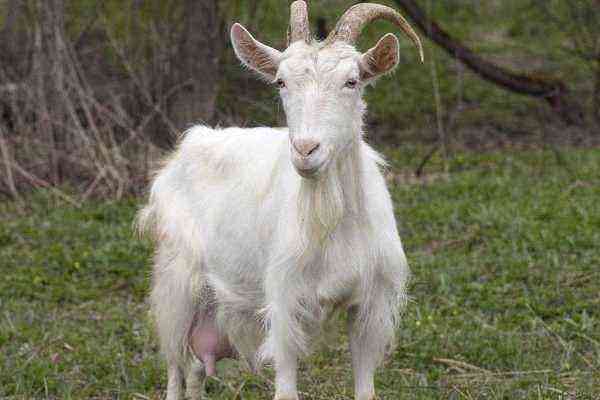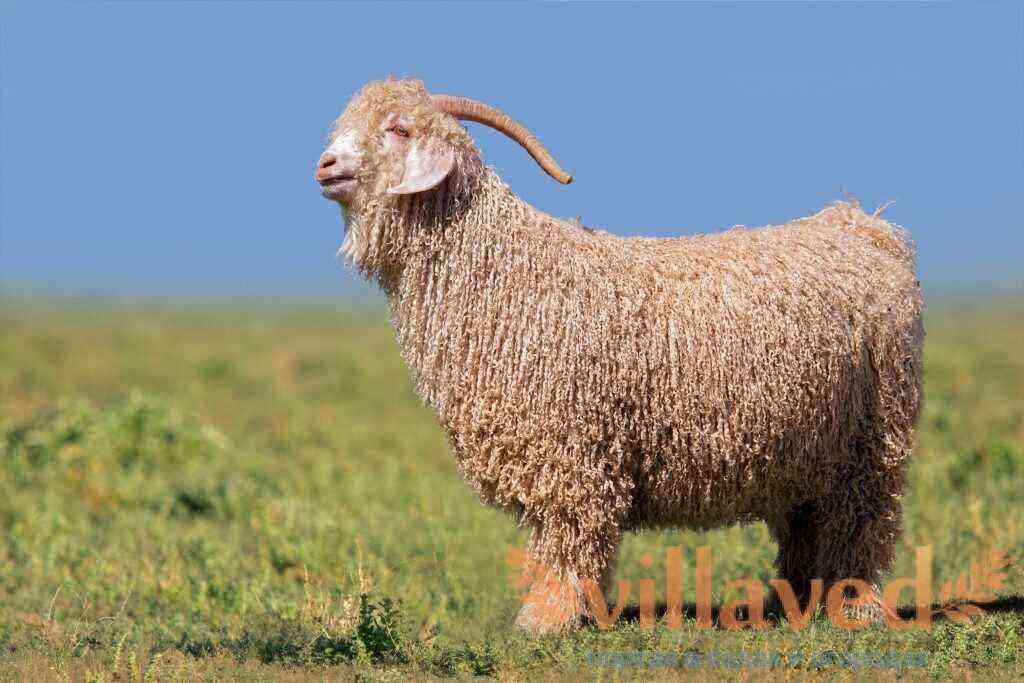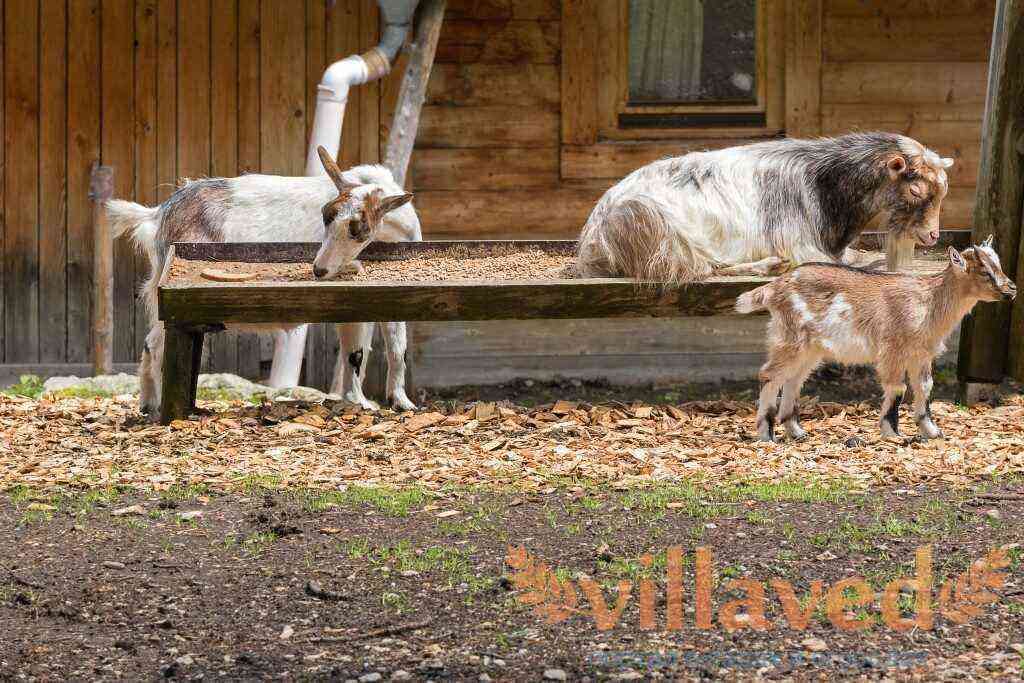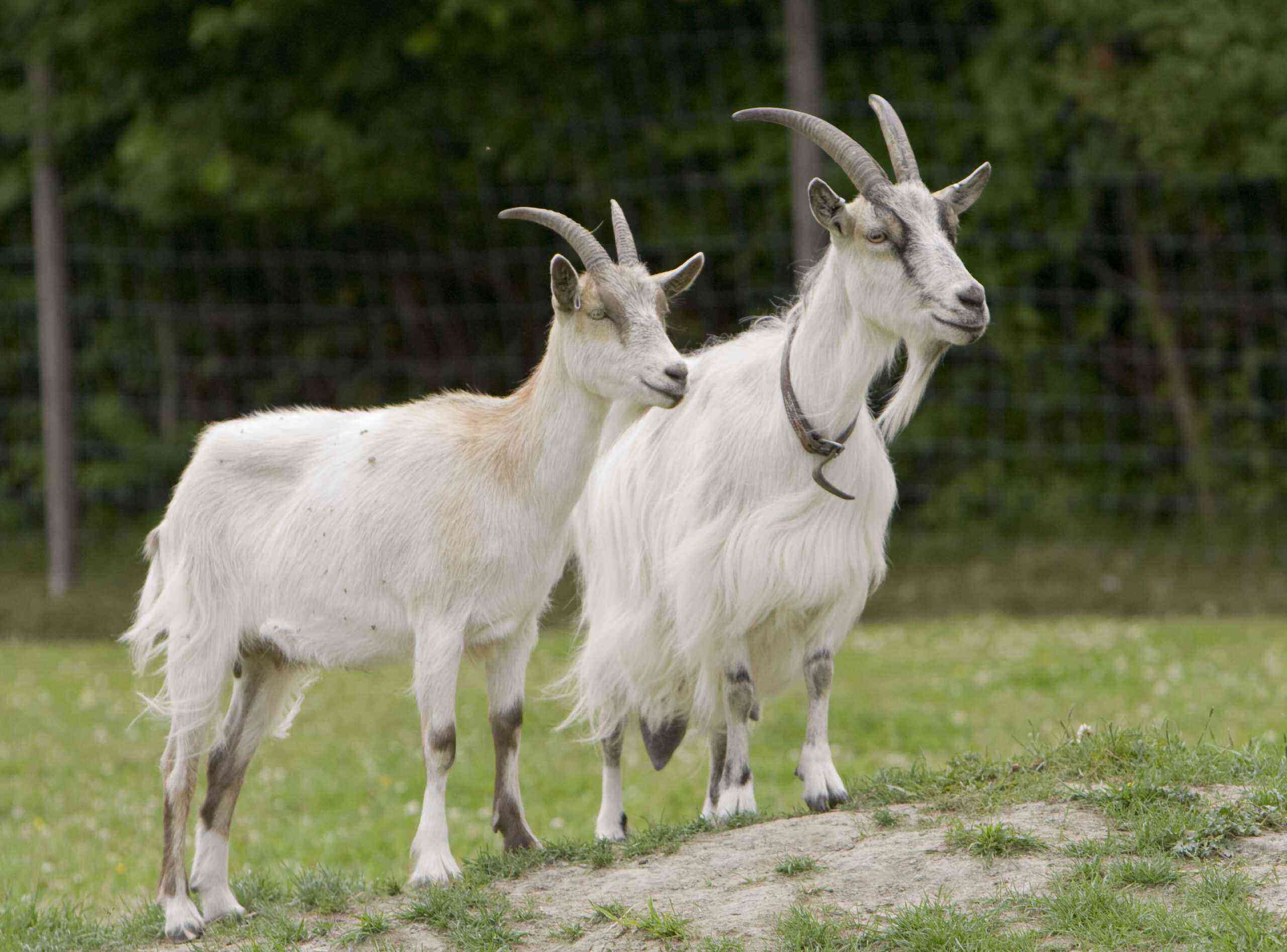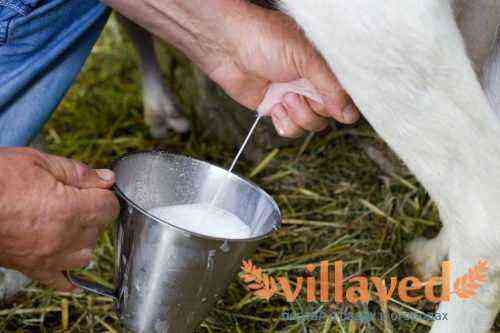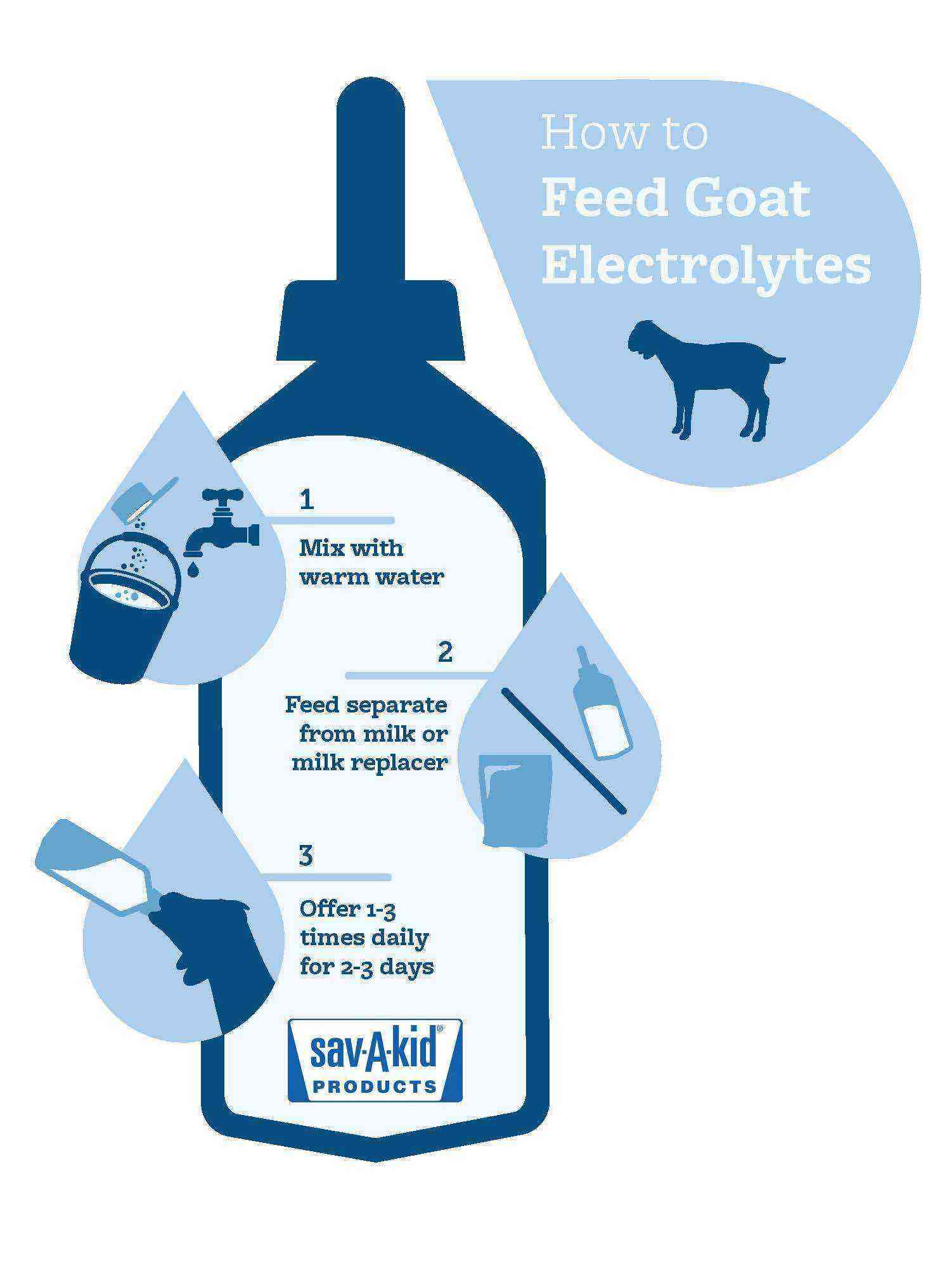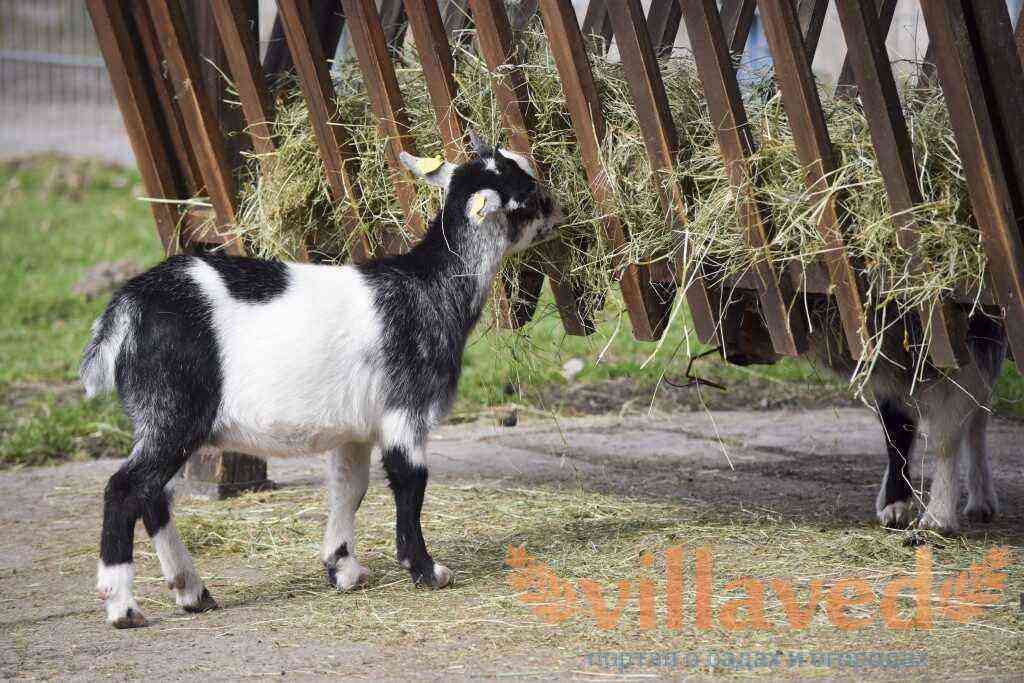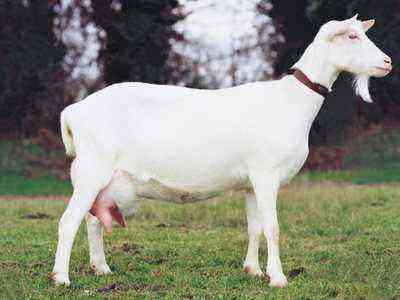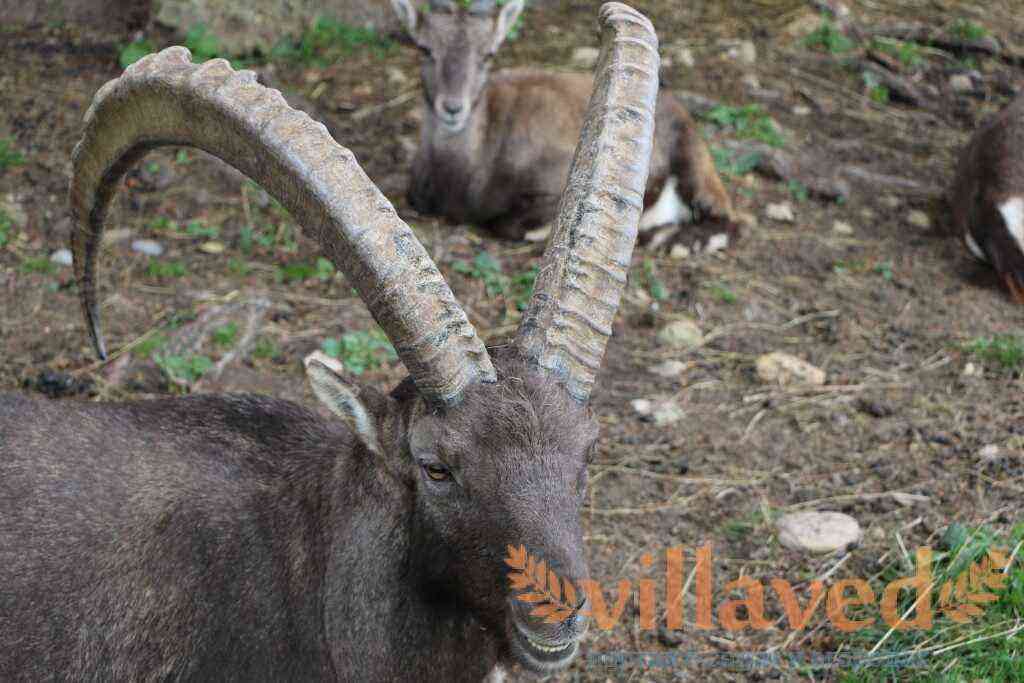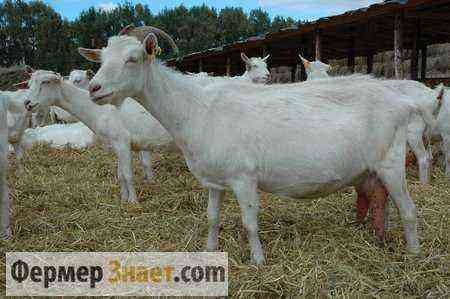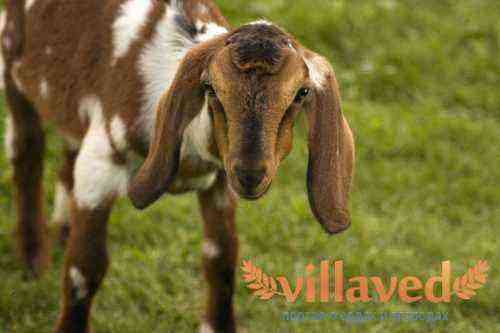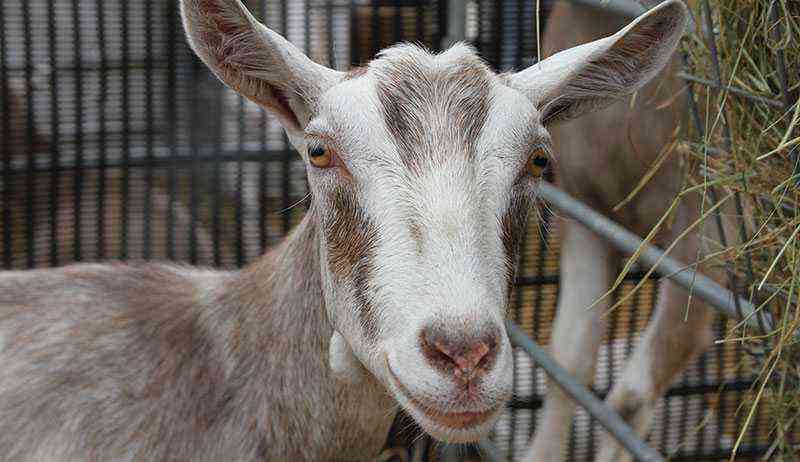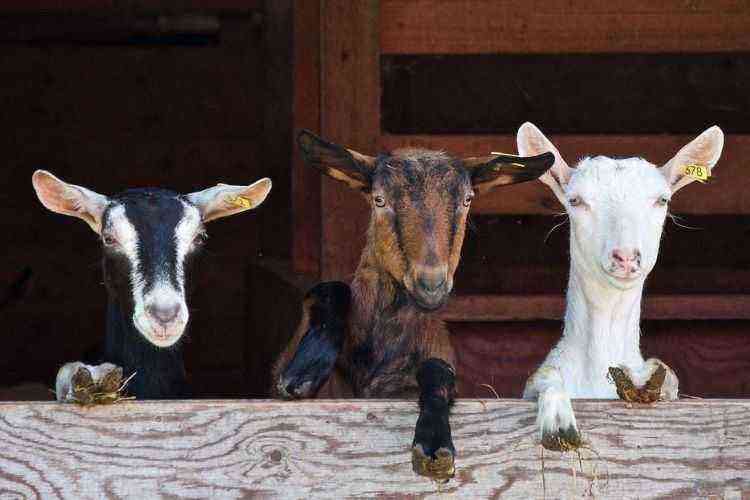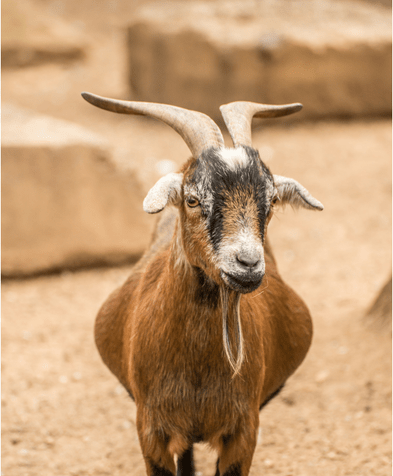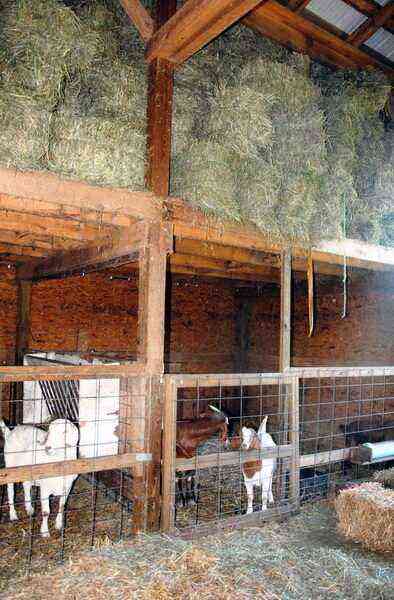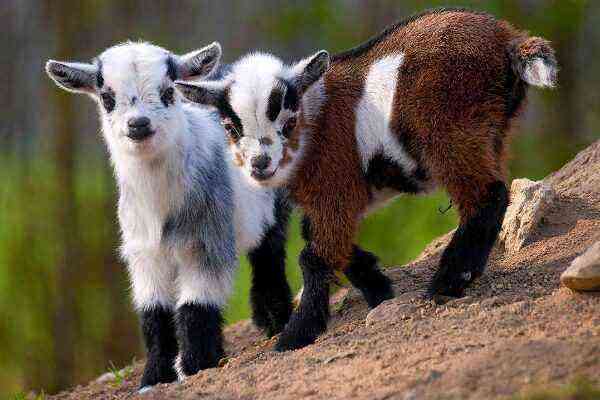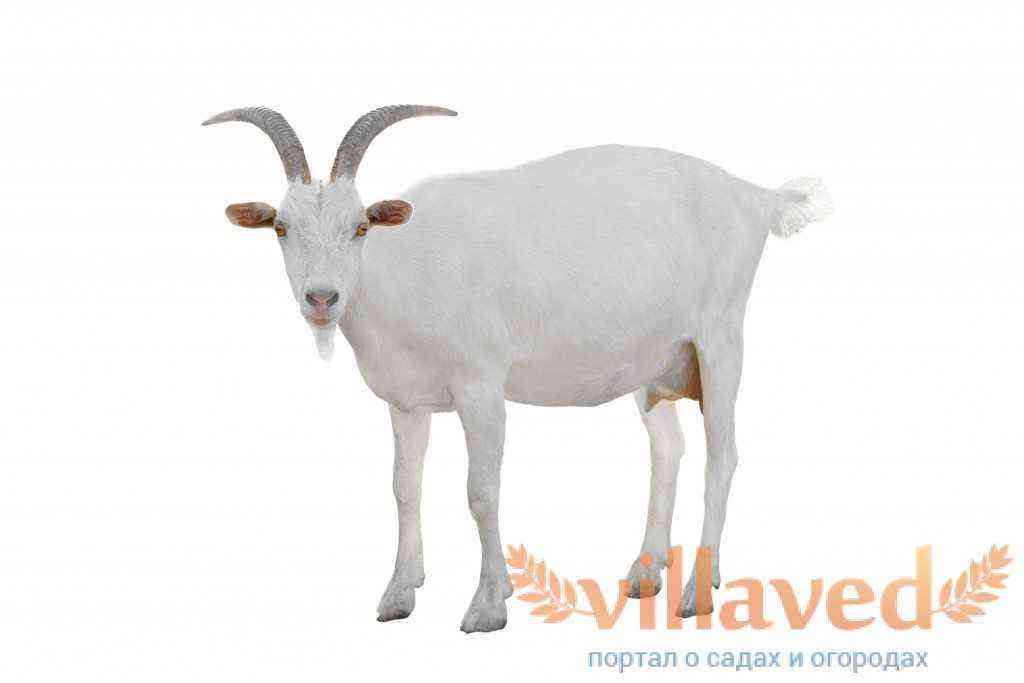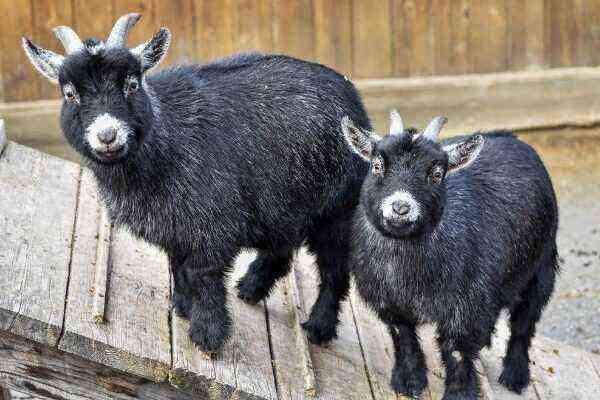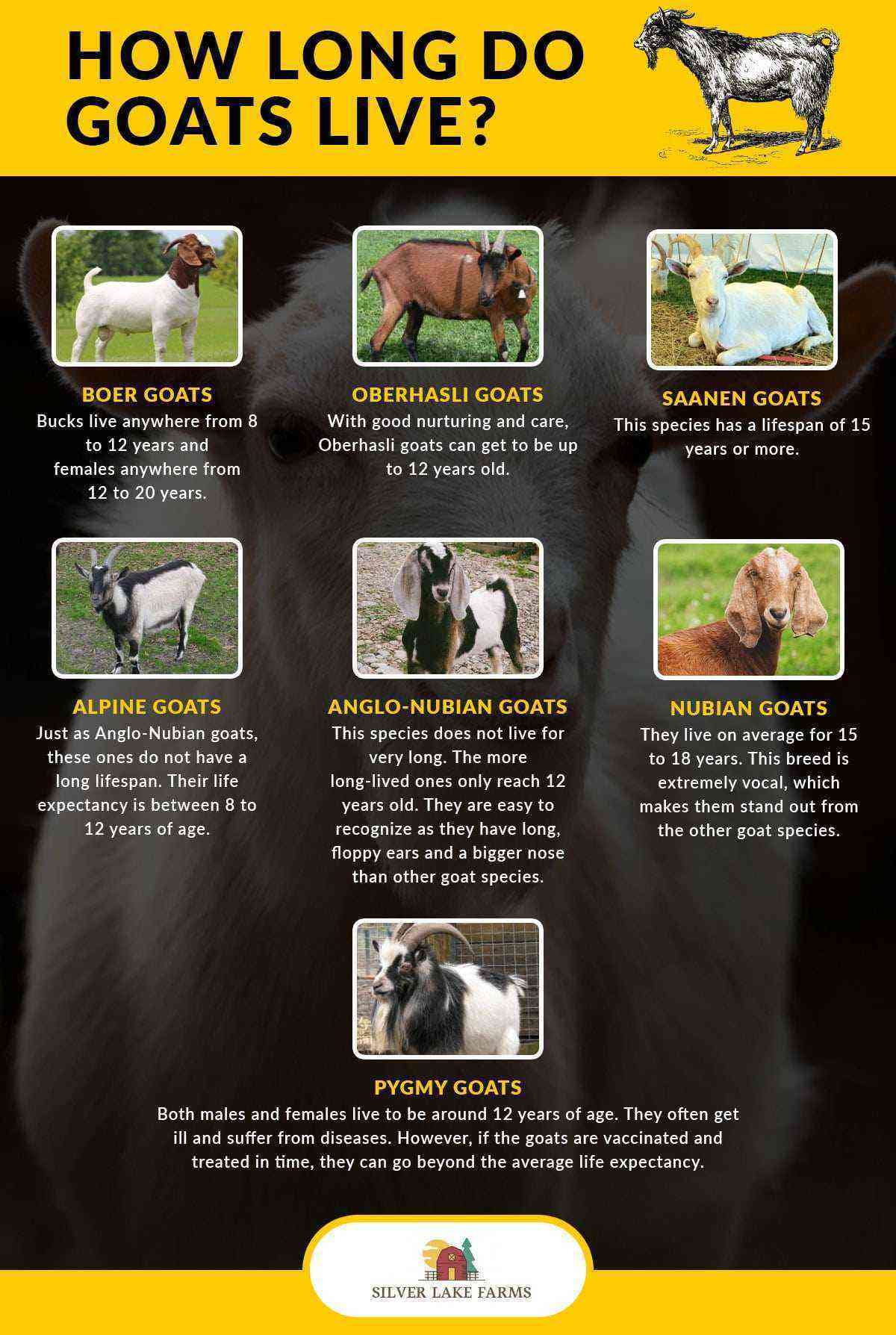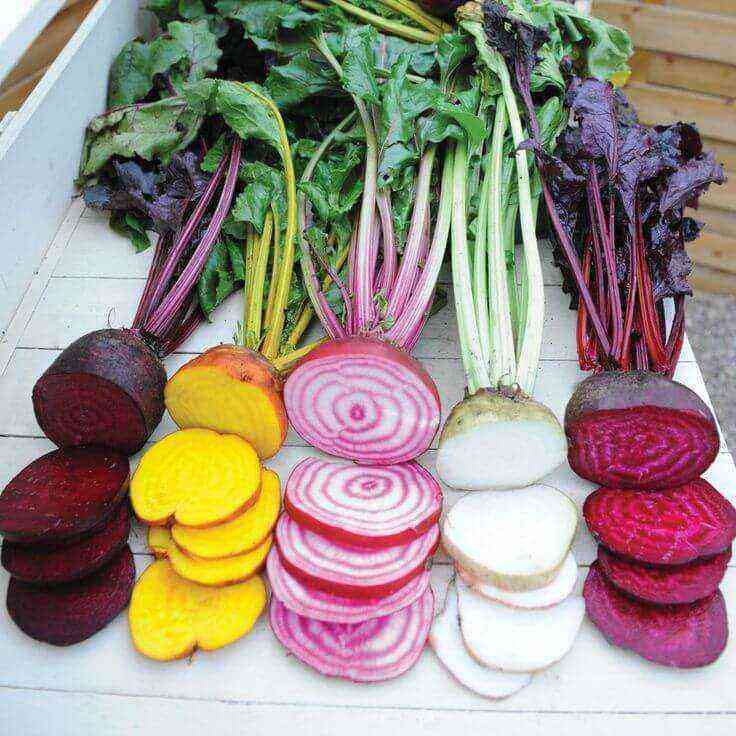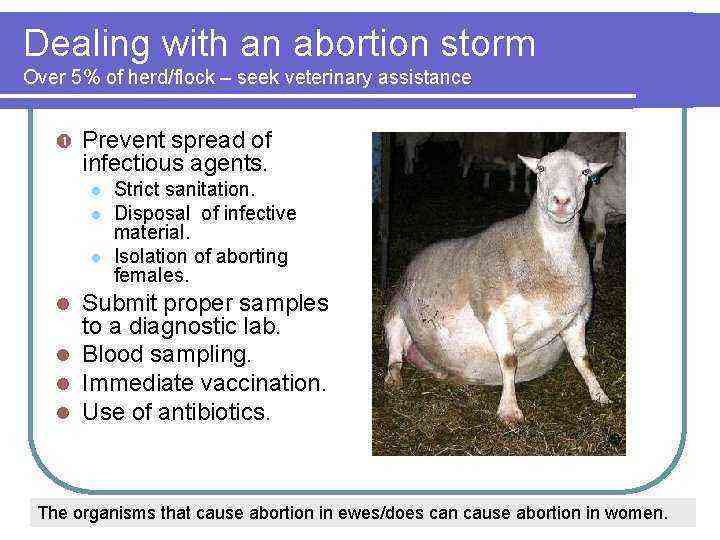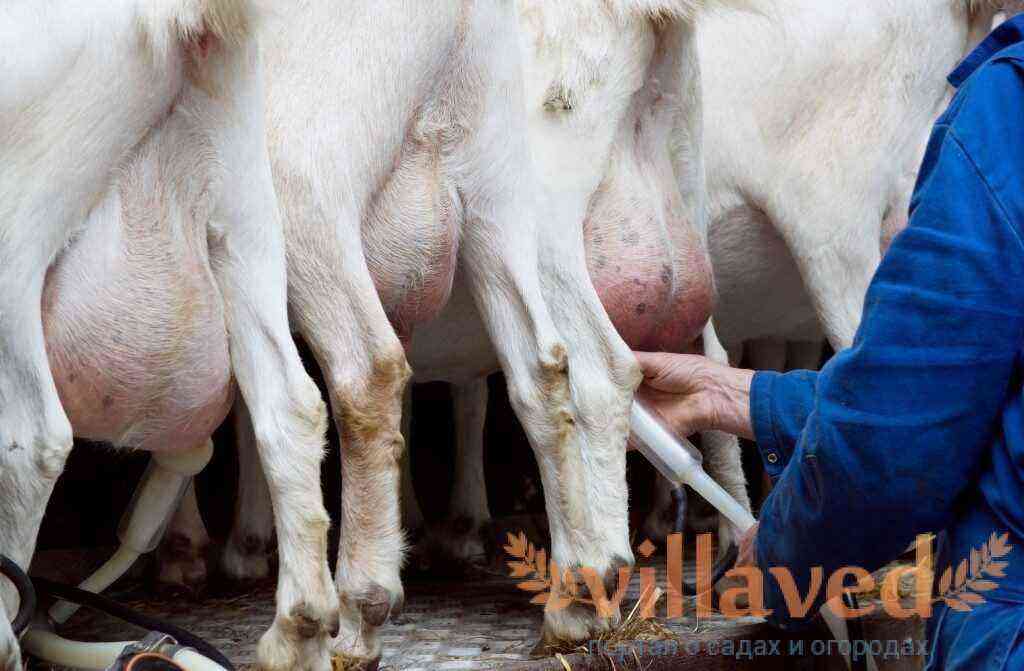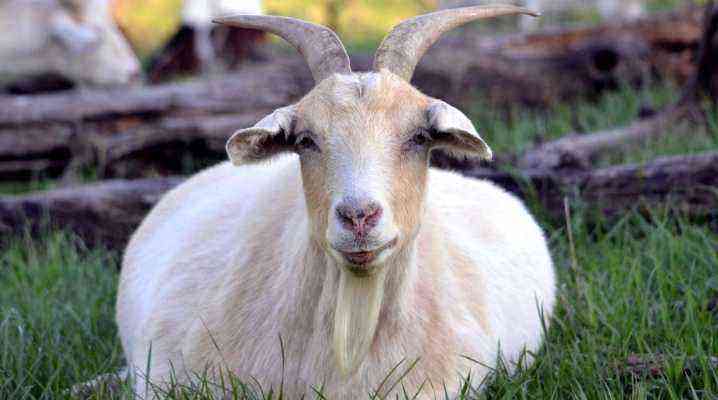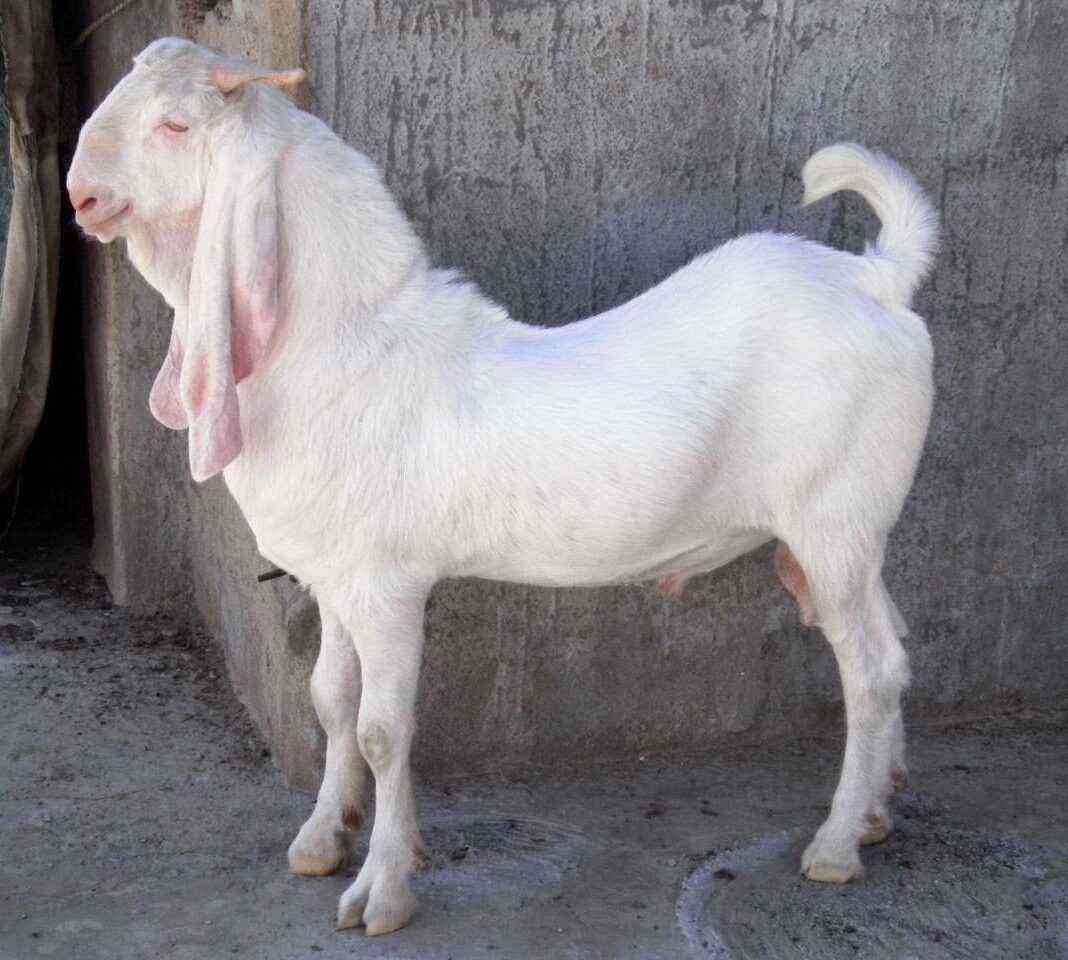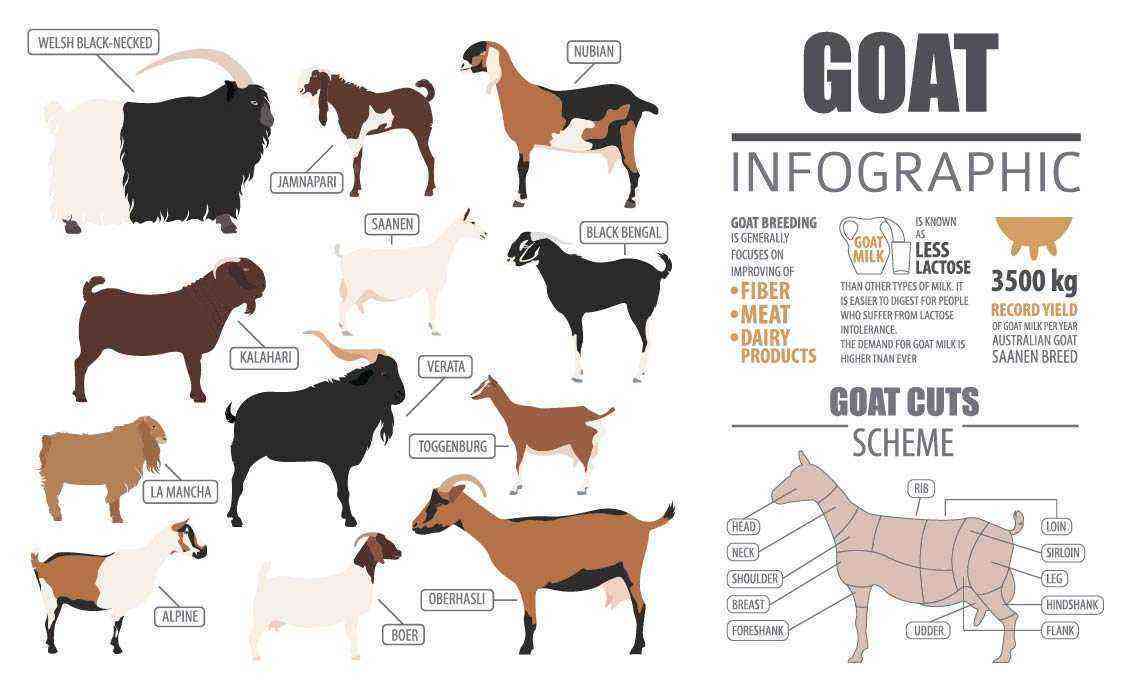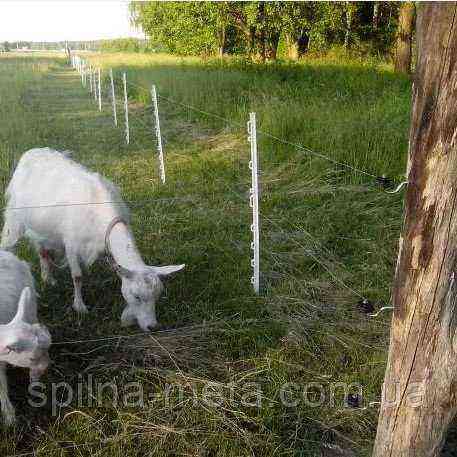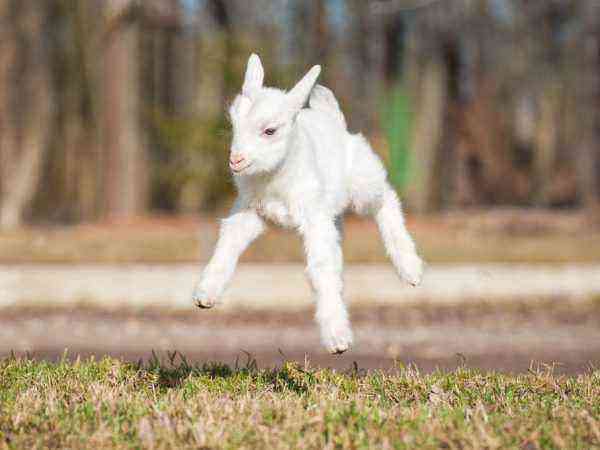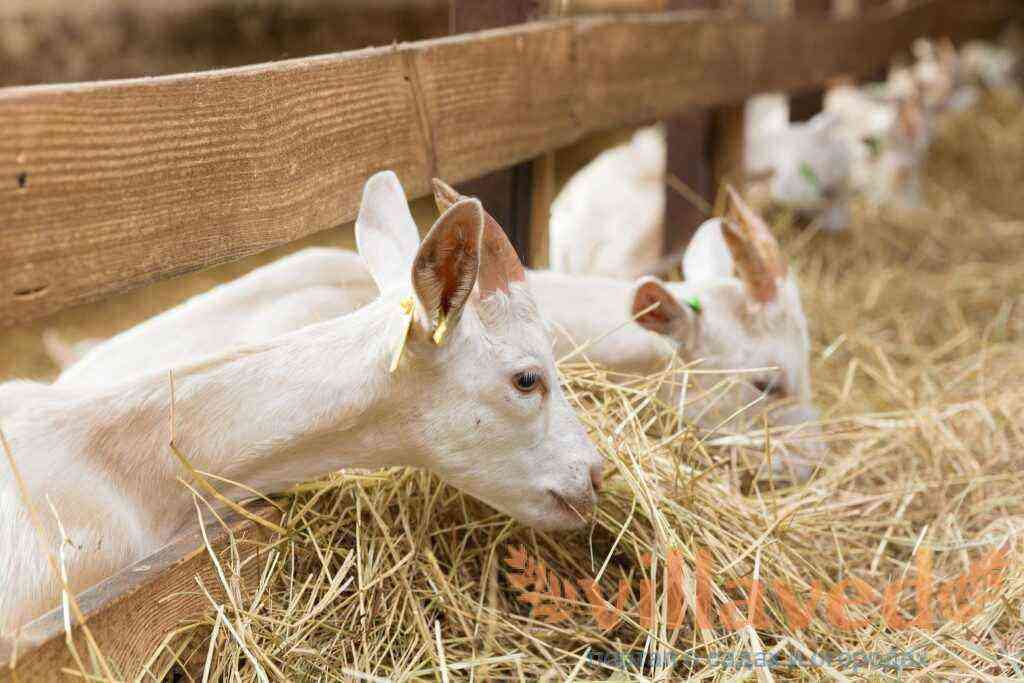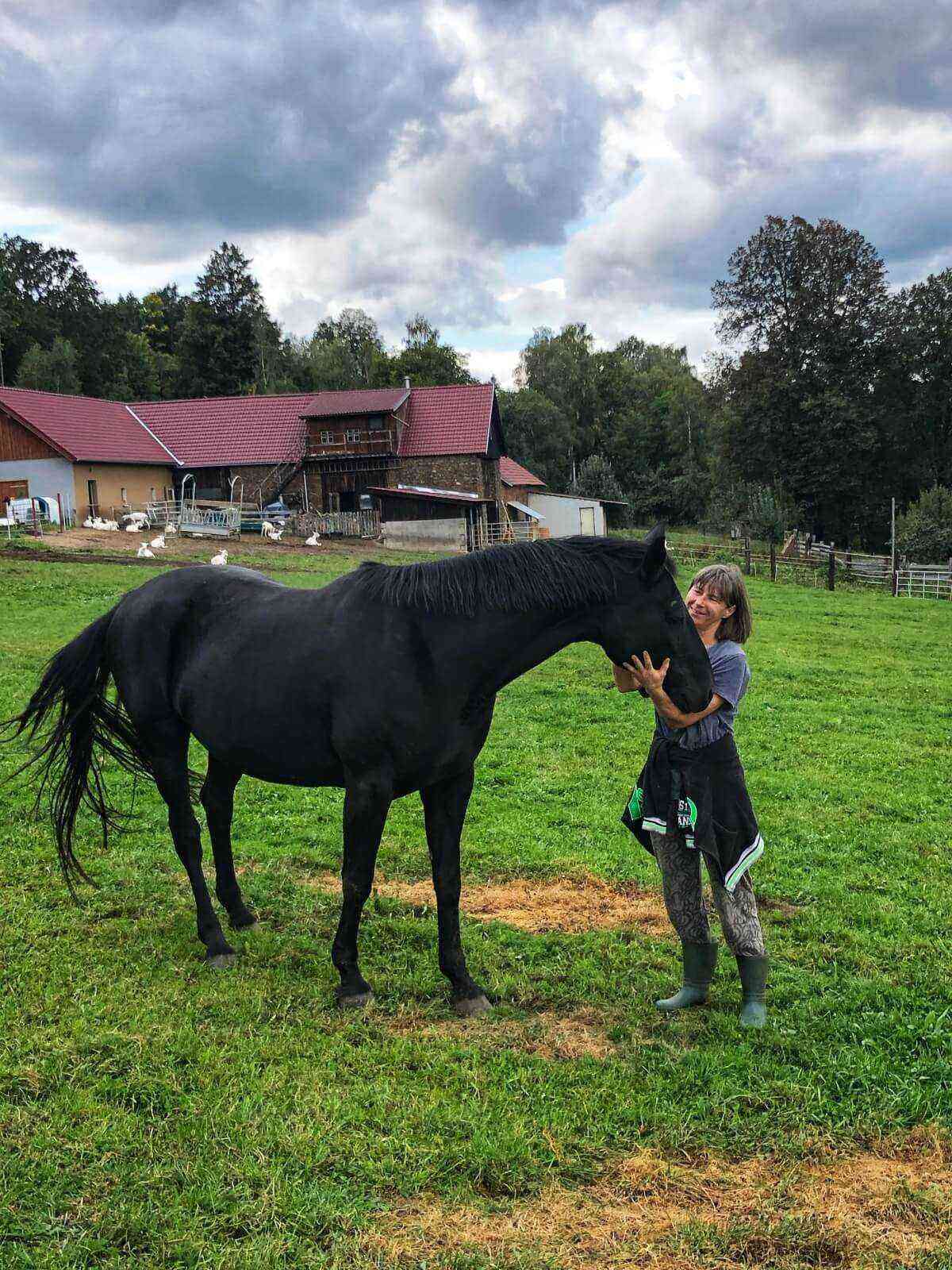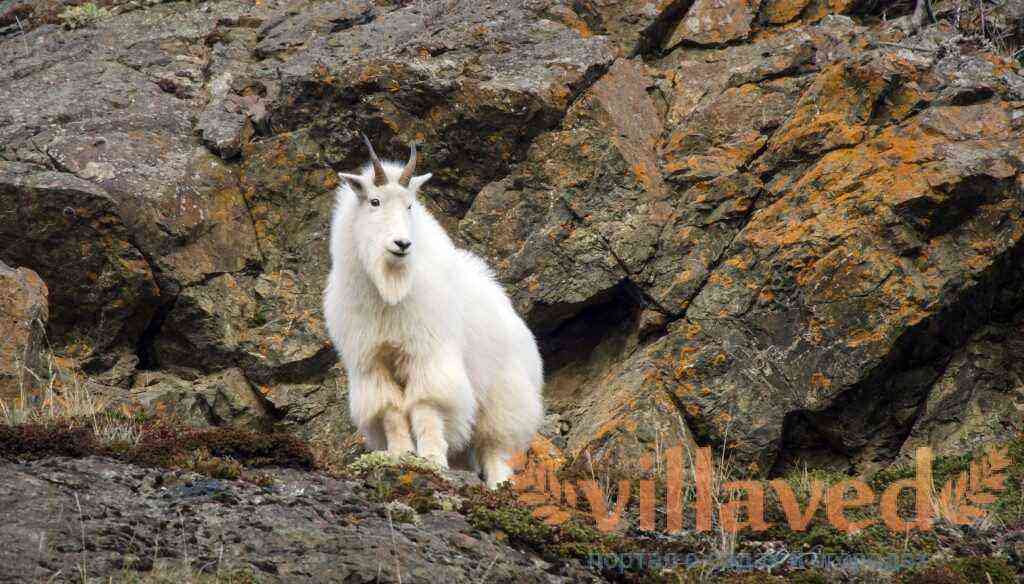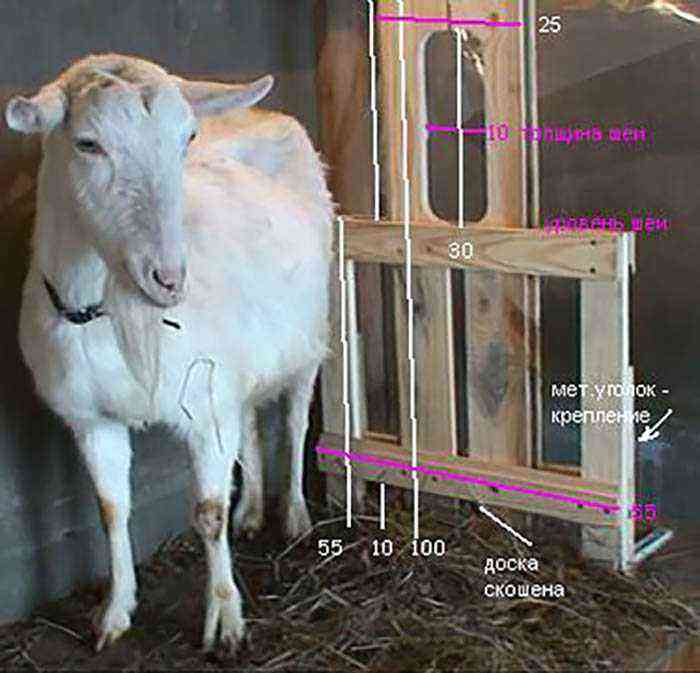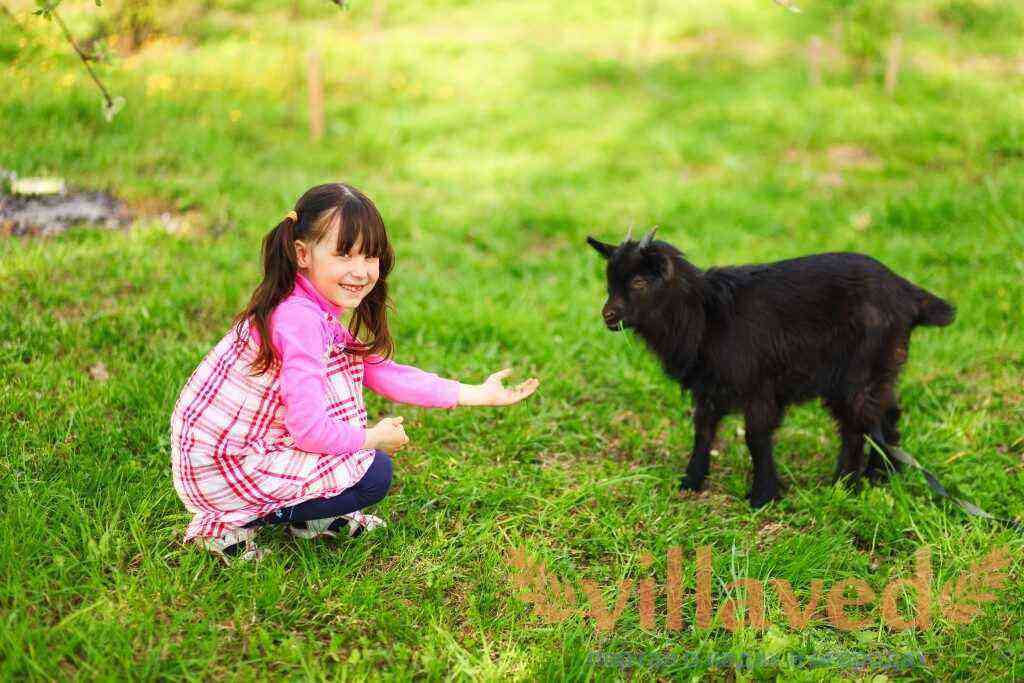If you decide to get a goat in order to drink plenty of delicious and healthy goat milk, then you need to figure out what dairy goat breeds exist, which one is right for you, and, of course, how to properly care for the animal so that it brings maximum benefit. The article will consider the most productive breeds, the rules for caring for them, it will be told which thoroughbred goats give odorless milk.
farmer-online.com
dairy goat
Choosing a dairy goat is somewhat comparable to buying a car. This is a pleasant thing, but rather difficult. It is necessary to be savvy and extremely careful. The fact is that the seller, seeing you as a beginner, may be silent about the nuances, for example, about the illness of the animal. The most favorable option is to choose a goat with a person who understands the issue, but if you don’t have such an acquaintance, then you just need to study this article and study photos of various breeds.
The content of the article:
Dairy goats from Switzerland
Saanen breed
The first Saanen goat was brought to Russia from Switzerland in 1989. This breed is famous for its size, the growth of a goat reaches 85 centimeters, and the weight of the animal sometimes reaches 100 kilograms. Description of the breed – the structure of the body is strong, the coat is white. The main difference of this breed is endurance, fertility and record milk yields. With proper care, a dairy goat can produce up to 1200 liters per calendar year. If you have children in the house, then keeping this breed is ideal, as individuals of the Saanen breed are extremely friendly. It is also important that the milk of the Saanen goat breed does not have a characteristic unpleasant odor and has an excellent taste.
Saanen goat breed
But there are a number of disadvantages of this breed. First of all, since goats are quite demanding and whimsical in nutrition, their maintenance requires certain material resources. Secondly, not everyone can afford to buy a purebred Saanen goat, its price is more than $ 500 per head. But thanks to the work of breeders, there is an excellent opportunity to buy a mestizo of this breed, while saving significantly. Carefully study the photo of a purebred Saanenskaya to distinguish it from crossed breeds.
Toggenburg breed
The Toggenburg goat breed deserves special attention. It is also common on the territory of the former CIS, although it comes from distant Switzerland. Goats of this breed are not inferior in milk production to Saanen goats, they adapt to any climate. Goats do well in the cold season and continue to produce enough milk in the winter. This fact is extremely important for Russia, Ukraine, Kazakhstan – countries with a fairly harsh climate.
Toggenburg goats
On average, during the lactation period, a goat produces about 700 liters of milk per year. And its content is not too expensive. The Torrenbur breed is extremely prolific, up to 220 kids are born from a hundred queens, and sometimes kids are born twice a year.
Breeds of dairy goats from Russia
For a long time, the most popular breeds of Russian dairy goats include the following breeds:
- Russian white
- Gorkovskaya
Russian white
The Russian white goat, a native of Russia, was bred by Russian breeders as a result of crossing several local breeds, and later became widespread in Ukraine, Belarus, Kazakhstan and other countries. The body weight of this dairy breed rarely reaches 60 kg. A nice bonus for the buyer of the Russian White is that its wool contains up to fifteen percent of down, combing out a goat only once a year, you get more than 100 g of chic down from one goat, which is used in the manufacture of many products, for example, the famous Orenburg downy shawl, made from goat fur.
Of course, the milk production efficiency of the Russian white goat is an order of magnitude lower than that of its Swiss relatives. Keeping Russian White will bring you more than 400 liters of milk per year. But not too high productivity indicators are compensated by low cost, the price for one goat fluctuates in the range of 2500-4500 rubles. Also, this breed is distinguished by considerable fertility – more than 100 kids are born from 200 queens.
Gorky breed
The Gorky breed was bred on the territory of Russia, as a result of crossing the Saanen and Russian goats. Wool contains up to ten percent down, and the minimum volume of milk produced per year is 450 liters per year. The fertility of this breed is up to two kids per year. Representatives of the Gorky breed have a strong build, the color is of two types – gray and white. It should be noted that animal skin is widely used for sewing shoes, as it is of high quality.
Gorky goats
Also goats of the Gorky breed are indispensable suppliers of meat. Goat meat is a dietary product, it is much tastier than lamb. This breed is maximally adapted to harsh winters and is not whimsical in care and nutrition.
Other Breeds of Dairy Goats
White Banatskaya
A new breed of Romanian dairy goat was obtained by mixing a white local goat with a Saanen goat. The main signs of this breed are short ears, not too large saber-shaped horns, short hairline, and a straight head in profile. White Banatskaya reaches up to 70 centimeters at the withers, weight up to 50 kilograms. By purchasing an animal of this breed, you can count on milk yield of up to 700 liters of milk.
White Czech
This is the most common breed in the Czech Republic. Just like the White Banatskaya, it was obtained by crossing a local goat with the Saanen breed. It has a dairy direction of productivity.
White Czech
Distinctive features – a short, coarse woolen cover, the coat color is white, there are no horns on the head. The record milk yield of White Czech is 970 liters of goat milk, with a fat content of 3,5%.
Lamancha goat
This breed originates in distant America, was officially registered in 1958. In addition to impressive performance (6-8 liters of milk per day), a distinctive feature of this breed is its multiplicity, the animal can produce up to four kids in one pregnancy.
Lamancha goat breed
In Russia, this breed is quite widespread. A young goat up to one year old will cost from ten thousand rubles to twenty-five.
Features of caring for a dairy goat
First of all, I would like to emphasize that the goat is an extremely freedom-loving animal. And in order to get the maximum benefit from the animal, you must ensure sufficient walking and grazing, up to 6-7 hours a day, but in the autumn-winter period, walking hours are reduced to 3-4. You must know that this animal is extremely difficult to endure loneliness, so the ideal option is the initial purchase of at least two individuals, ideally a young goat with kids.
The goat is not a whimsical animal, but must be kept in good conditions. Therefore, you must provide the most comfortable place for keeping the animal.
Organization of the place of residence
The living room should be clean and bright enough, without drafts. A prerequisite is constant ventilation, frequent cleaning and timely change of bedding on the floor.
To avoid the appearance of an unpleasant odor in milk, goats should be kept separately from goats, since the characteristic smell inherent in goats can be transmitted to milk as a consequence.
In summer, goats are driven into the goat house only for the night. In winter, the animal is able to live at temperatures up to minus 15 degrees, but ideally – plus 6-8 degrees. You can take a look at the photos of goat houses to organize the most comfortable accommodation for animals.
Dairy goat nutrition
As for nutrition, goats are not whimsical in nutrition. The animal will happily consume both fresh grass and tree food. During the stall period, it is worth stocking up on clover hay and meadow hay. An ideal option for feeding a dairy goat is hay cut at the very beginning of flowering, during the period of maximum nutritional value of the grass, namely after seven o’clock in the evening, or in the morning before nine o’clock. In winter, in order to diversify the goat’s diet, you should give her aspen, birch and poplar brooms, as well as willow, raspberry and alder. Favorably affects the quantity and quality of milk consumption goat branches of spruce, pine and aspen.
In order for a dairy goat to produce milk for as long as possible, it must shed at least once a year. A pregnant animal needs good nutrition, the diet must necessarily include at least 1 kg of root crops, 1 kg of oats, and in the last month, root crops are replaced with brooms. The nutrition of goats should also be varied and high-calorie.
Summing up, I would like to say, no matter what breed of dairy goats you choose, remember that when purchasing an animal, you get not only liters of fresh goat milk, but also a real pet, a new family member, with character and habits. Love animals, let raising and caring for goats bring a lot of joy.
